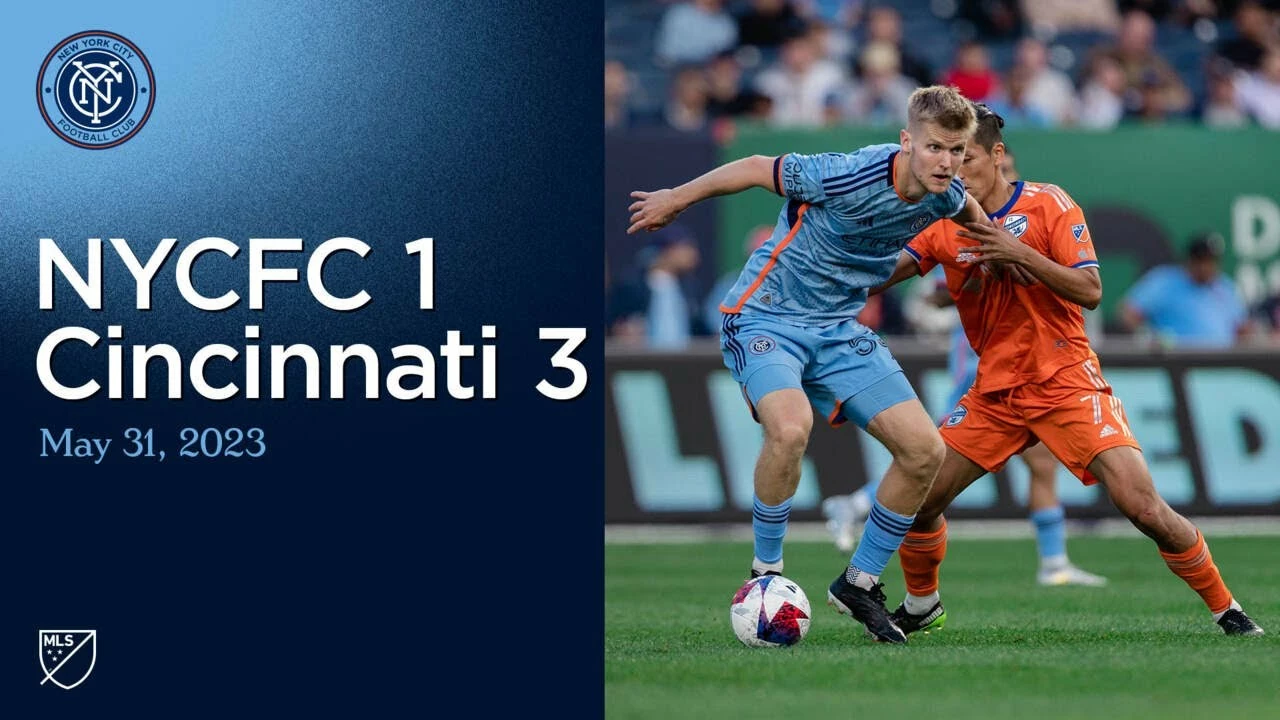League Comparison: What Sets Soccer Leagues Apart?
Ever wondered why the Premier League feels different from La Liga or why the Bundesliga fans chant louder? It all comes down to a few core factors that shape each competition. In this guide, we’ll walk you through the biggest differences so you can spot the style, intensity, and vibe of any league at a glance.
Key factors to compare
When you line up leagues side by side, look at these four areas:
- Level of competition – How close are the teams? Do a few clubs dominate, or is the title race wide open?
- Style of play – Is the game fast and physical, or more technical and possession‑based?
- Financial power – Which leagues spend the most on transfers and wages?
- Fan culture – What do match‑day atmospheres sound like? Are tickets cheap or pricey?
Keep these points in mind as we compare the most talked‑about leagues.
European heavyweights
Premier League (England) – The English top flight is famous for its speed, physicality, and unpredictable results. Money flows freely, so clubs can buy star players from all over the world. That depth means you often see surprise wins, especially in the later season.
La Liga (Spain) – Spain’s league focuses on technical skill and possession. The big clubs – Real Madrid and Barcelona – still hold most of the trophies, but teams like Sevilla and Atletico Madrid show you can compete without a massive budget.
Bundesliga (Germany) – German clubs blend high‑pressing tactics with strong youth development. Ticket prices stay relatively low, making stadiums feel like community hubs. The league also ranks high for financial stability.
Serie A (Italy) – Italy leans toward tactical discipline and solid defending. Recent years have seen a boost in attacking flair, thanks to new coaches and better money flow.
Ligue 1 (France) – Historically seen as a stepping‑stone league, Ligue 1 now boasts PSG’s huge budget plus a rise in home‑grown talent. The style mixes physical play with French technical flair.
These leagues differ in the balance of competition. The Premier League and Bundesliga often have more teams fighting for European spots, while La Liga and Serie A still have clear leaders but a tighter mid‑table race.
Beyond Europe
MLS (USA & Canada) – The Major League Soccer model focuses on parity. Salary caps and drafts keep teams relatively even, but the league still lacks the depth of European competitions. The playing style is a mix of European and South American influences, and the fan experience is growing fast.
South American leagues (Brazil, Argentina) – These leagues are talent factories. You’ll see raw skill and creative flair, but financial constraints mean many top players leave early for Europe. The atmosphere at games is electric, with chants that last the whole match.
When you compare a European league to MLS or a South American league, remember the financial gap. It affects transfer fees, player salaries, and even TV deals.
Putting it all together
If you’re deciding which league to follow, think about what matters most to you. Want nonstop drama and a chance for underdogs to win? The Premier League might be your pick. Prefer sleek, technical football? La Liga delivers that vibe. Looking for affordable tickets and a community feel? The Bundesliga could win you over.
For a quick reference, here’s a simple cheat‑sheet:
| League | Competition | Style | Money | Fan vibe |
|---|---|---|---|---|
| Premier League | High | Fast, physical | Very high | Loud, diverse |
| La Liga | Medium | Technical, possession | High | Passionate, regional |
| Bundesliga | Medium‑high | Pressing, young | High | Family‑friendly |
| Serie A | Medium | Tactical, defensive | Medium‑high | Traditional |
| Ligue 1 | Medium | Physical + flair | Medium‑high | Growing |
| MLS | Balanced | Hybrid | Growing | Modern |
Use this guide next time you hear a debate about which league is best. Knowing the core differences lets you join the conversation with confidence.
In my personal observation, Major League Soccer (MLS) is indeed competitive. The league has demonstrated significant growth over the years, attracting high-quality players from around the globe. The playing field is also quite level, with different teams winning the championship in recent years. Moreover, the financial investments and infrastructural advancements in the league are noticeable. So, from all these perspectives, it's safe to say MLS has become a highly competitive soccer league.
